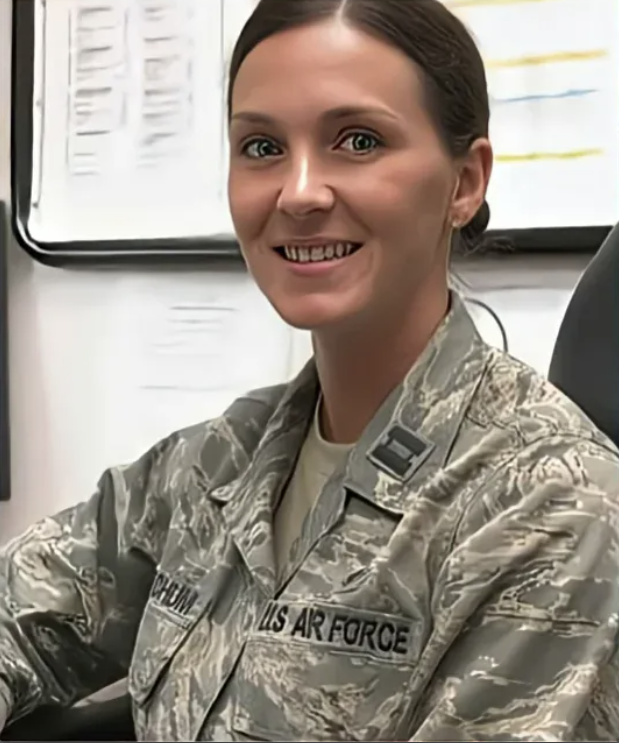
The flight was supposed to be routine. A medevac mission over Afghanistan, transporting wounded soldiers to surgical care. Captain Jennifer Mitchum, an Air Force flight nurse, had done this countless times before. But this time, something went terribly wrong.
Mid-flight, one of the patients began to crash. His vitals plummeted. His breathing stopped. And in the cramped, dark cabin of a military aircraft at 30,000 feet, with nothing but basic supplies and training, Jennifer and an Army medic had to make an impossible choice: watch him die, or do something they’d never done before.
They chose to fight.
With only flashlights to see by, they began CPR. The aircraft shook with turbulence. There was no sterile operating room, no surgical team standing by, no backup if something went wrong. Just two medical professionals, their hands, their training, and a dying patient who was running out of time.
They worked in near darkness, their fingers guided by muscle memory and years of preparation for moments exactly like this. Compressions. Ventilation. Monitoring vitals with equipment that wasn’t designed for emergency surgery. They stabilized him just enough to keep his heart beating, his blood moving, until they could get him to a place where real surgery could save his life.
It worked. Against all odds, they kept him alive long enough to reach the hospital. Long enough for surgeons to take over. Long enough for him to have a chance.
That wasn’t the only time Jennifer would face impossible circumstances. Throughout her deployment in Afghanistan, she treated hundreds of trauma patients. She carried out life-saving evacuations under fire. She built bonds with coalition forces who relied on her skill and calm under pressure. And every time she stepped onto that aircraft, she knew she might be asked to do the impossible again.
Combat nursing isn’t like hospital nursing. There are no controlled environments. No predictable shifts. No guarantee that you’ll have what you need when you need it. It’s medicine practiced in the margins—where split-second decisions mean the difference between life and death, where resourcefulness matters as much as training, where courage is a prerequisite for showing up at all.
Jennifer didn’t do it for recognition. She didn’t do it for headlines or medals. She did it because when someone is dying in front of you, you don’t get to say it’s too hard or too dangerous or beyond your skill set. You do what you can with what you have, and you hope it’s enough.
The photo shows her smiling—calm, composed, the kind of person you’d want beside you in a crisis. But behind that smile is the weight of every patient she couldn’t save, every close call, every moment when she had to make a choice with no good options. And also, the pride of knowing she showed up. That when it mattered most, she didn’t freeze. She didn’t give up. She did the job.
That’s what heroism looks like in real life. It’s not always dramatic or cinematic. Sometimes it’s just a nurse in a dark cabin, using flashlights and training to fight for a life that’s slipping away. Sometimes it’s knowing you did everything you could, even when the odds were stacked against you.
Jennifer came home with invaluable experience, resilience, and pride. Not pride in the glory of war, but pride in the work itself—in the lives saved, the bonds formed, the moments when medicine met desperation and somehow found a way through.
She represents thousands of medical professionals who serve in combat zones, who risk everything to save lives, who carry the weight of those impossible decisions long after they take off their uniforms. And every time someone hears her story, they’re reminded that courage doesn’t always roar. Sometimes it’s quiet. Sometimes it’s steady hands in the dark. Sometimes it’s just refusing to let someone die alone.